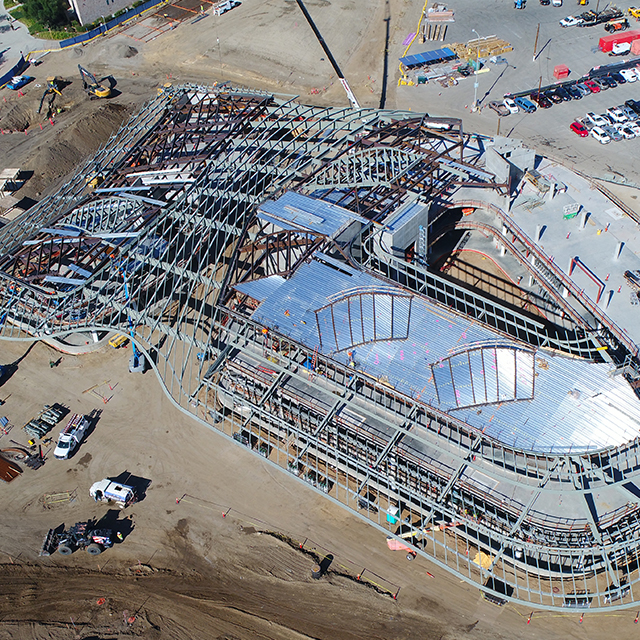By Jim Wathen, safety director at C.W. Driver Companies
Comprehensive safety plans, training programs, hazard analysis systems and other typical safety procedures are all critical aspects of keeping construction sites safe. However, there are multiple commonly overlooked factors that the construction industry should keep in mind to ensure a safe environment for workers.
Contracts
When items such as hole covers, guard rails, toe-boards and rebar protection are missed in contracts, contractors tend to ignore requirements that help prevent unsafe conditions. Understanding current occupational safety requirements and applying them to contracts will help eliminate these issues.
Some of the most pressing, but often overlooked, regulations that should be accounted for in contracts involve environmental controls such as heat illness prevention and silica exposure regulations. The new silica regulations require contractors to conduct more exposure monitoring and use tools with vacuum and dust-reducing attachments. These are things that need to be accounted for in the planning phases as well.
Technology
Technology is increasingly becoming a major part of company safety programs. Contractors should be using the many apps and devices available to document safety efforts and concerns. If there is an issue, this documentation and data can be easily reviewed and a plan can be created to ensure the same issue does not occur again. This is much more effective and time efficient than relying on employees’ memory or paperwork filed away in an office somewhere. It also encourages workers to do the right thing from the start because there is accountability for adhering to the safety plan.
Which technology you should use depends on the level of technological sophistication, age of your workers, your company’s business objectives and many other factors. There are numerous options out there, but ultimately the best choice depends on what type of data and documentation would be most useful for the job at hand, and what workers feel most comfortable using.
Employee Empowerment
While inspections are always an important part of job site safety, it’s even more important to empower employees who are onsite every day to promote a safe environment. One of the methods we implement at C.W. Driver is the use of challenge coins to encourage this behavior. When someone is seen going above and beyond to promote a safe environment, or alternatively making a choice that eliminates their risk, they are awarded a challenge coin with an explanation of why they are receiving it. By accepting the coin they now accept the responsibility to be an active part of promoting safety, identifying unsafe conditions or actions and taking steps to prevent injuries no matter what the trade.
This simple program encourages communication surrounding safety issues and empowers employees to act the moment they notice something.
Recognition Programs
Recognizing employees and contractors for their safe work is not only a great way to reduce hazardous behaviors, it also boosts morale. Verbal acknowledgments are always important, but we like to provide tangible rewards too. We pass out raffle tickets during job site walks, giving tickets to those who are adhering to and promoting safety protocols. At our regular safety meetings, we raffle off everything from 55-inch TVs to hats and coolers. These types of incentives encourage workers to go the extra mile in ensuring job sites are safe, and make the process more fun for everyone.
We also like to recognize subcontractors who receive the Golden Gate recognition from Cal/OSHA Consultation. This program is an active part of our overall partnership program with our trade partners.
Ensuring contracts are comprehensive and up to date, using technology to document and pull data, empowering employees to take action and implementing recognition programs are all important aspects of preventing safety issues from occurring on job sites. While not as obvious as the training programs and safety planning that is common with any construction job, these factors can be equally important in promoting a safe environment for workers.


